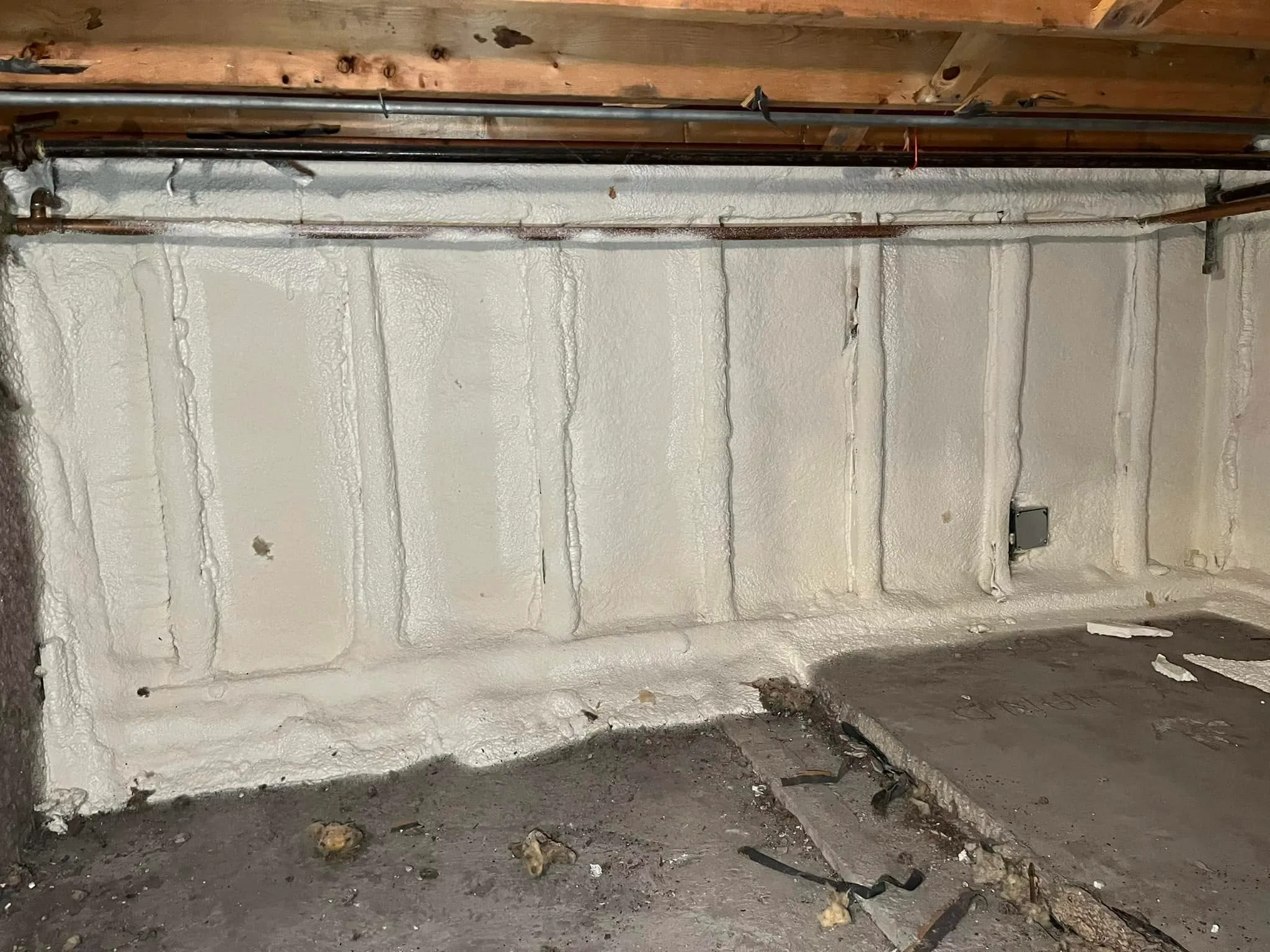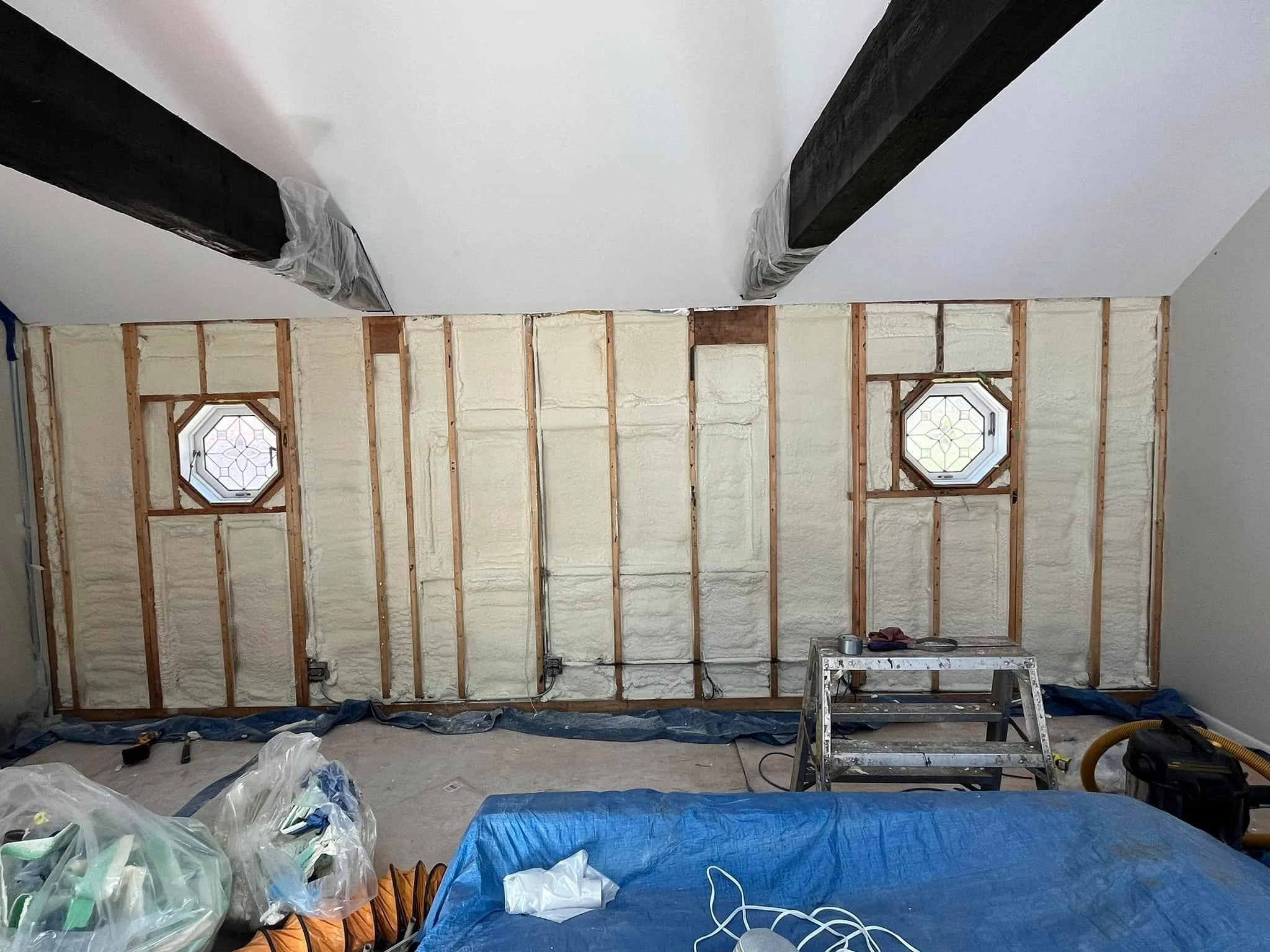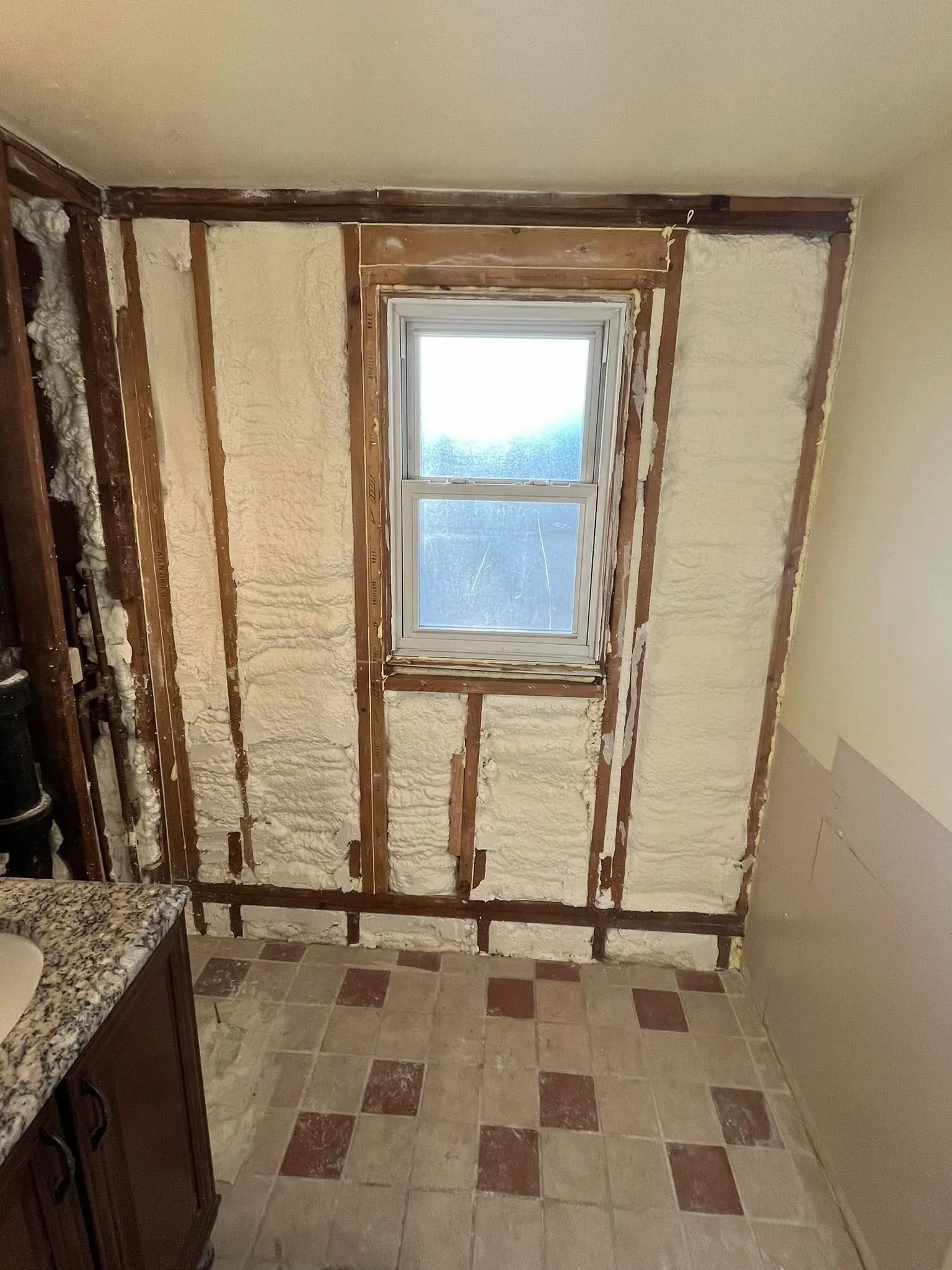
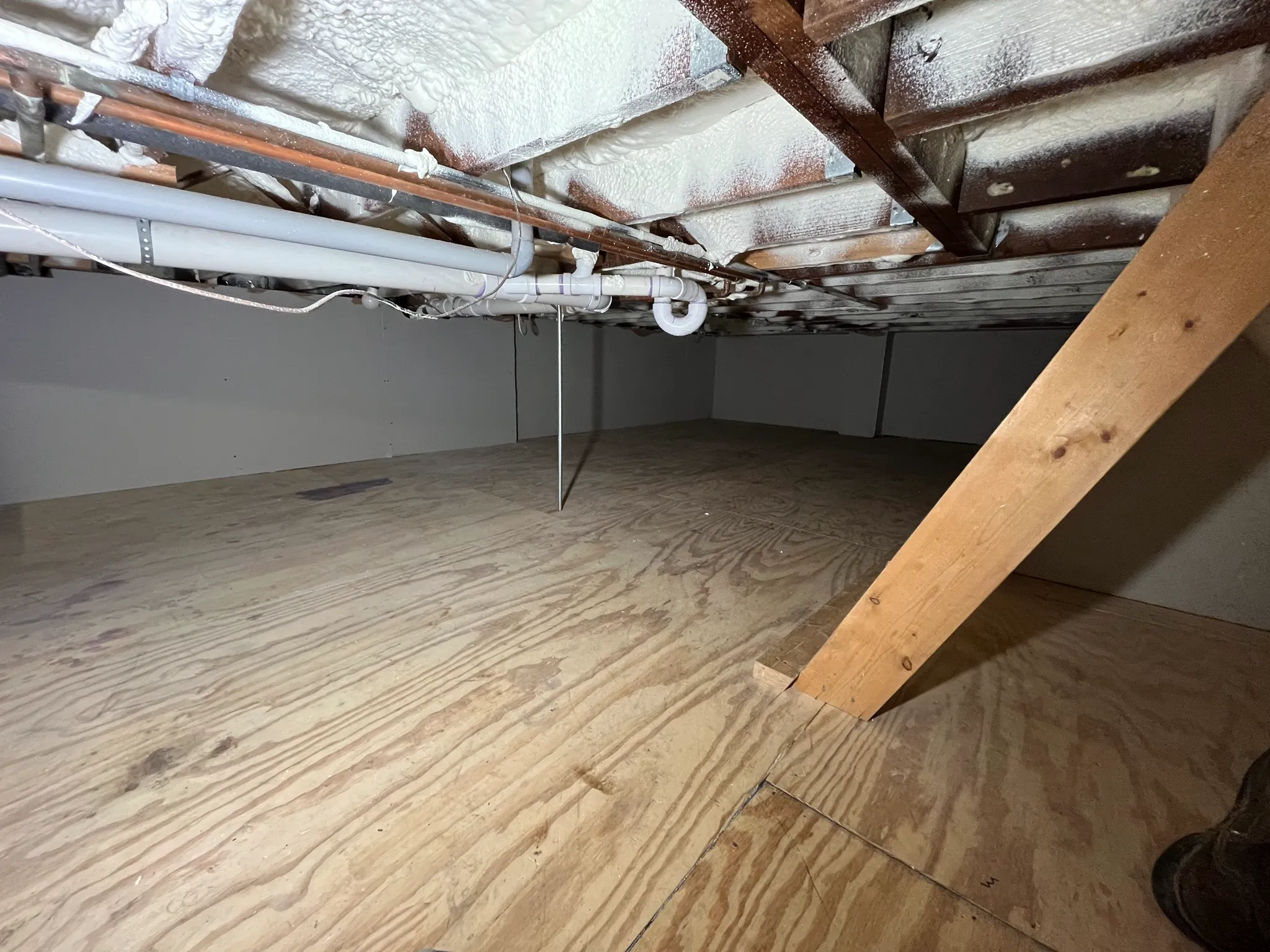
Old insulation poses significant health and safety risks that homeowners often overlook until problems become severe. Deteriorating insulation materials can release harmful fibers into indoor air, reduce energy efficiency by up to 40%, and create conditions for mold growth and pest infestations. Materials installed before 1980 frequently contain asbestos or other hazardous substances that require professional remediation.
Understanding these hidden dangers enables homeowners to identify warning signs early and take corrective action before costly damage occurs. This comprehensive analysis examines the specific risks associated with aging insulation materials and provides practical guidance for assessment and remediation based on decades of field experience with residential insulation systems.
Aging insulation creates multiple pathways for harmful substances to enter living spaces. Fiberglass insulation installed decades ago often lacks proper vapor barriers, allowing moisture infiltration that promotes microbial growth. When these materials break down, microscopic particles become airborne and circulate through HVAC systems.
Bonus Tip: Check for insulation particles on HVAC filters as an early indicator of material degradation. Dirty filters after recent replacement often signal deteriorating insulation upstream.
Vermiculite insulation presents particular concerns due to potential asbestos contamination. The Environmental Protection Agency estimates that 70% of vermiculite insulation contains asbestos fibers, especially materials sourced from Libby, Montana mines before 1990. These materials remain stable when undisturbed but release dangerous fibers during renovation or removal activities.
Old insulation loses thermal resistance through several mechanisms. Settling reduces thickness by 20-50% in blown-in materials, creating thermal bridges that increase energy costs significantly. Compression from water damage or pest activity further diminishes R-value performance.
| Insulation Age | Typical R-Value Loss | Energy Efficiency Impact |
|---|---|---|
| 10-15 years | 15-25% | Moderate increase in utility bills |
| 15-25 years | 25-40% | Noticeable comfort issues, higher costs |
| 25+ years | 40-60% | Significant energy waste, system strain |
Moisture infiltration through deteriorated insulation creates ideal conditions for wood rot and structural damage. According to the National Association of Home Builders, moisture-related repairs average $3,200 per incident when insulation fails to prevent vapor transmission effectively.
Rodent infestations frequently target old insulation as nesting material, leaving behind droppings and urine that create persistent odors and health hazards. Bat guano contamination introduces histoplasma spores that cause respiratory infections when disturbed.
Bonus Tip: Dark staining or strong ammonia odors in insulation indicate animal contamination requiring complete removal and sanitization before replacement.
Mold growth accelerates in humid environments where insulation has lost its vapor barrier properties. Cellulose insulation treated with fire retardants can actually feed mold growth when moisture levels exceed 20%. Professional moisture testing identifies problem areas before visible mold appears.
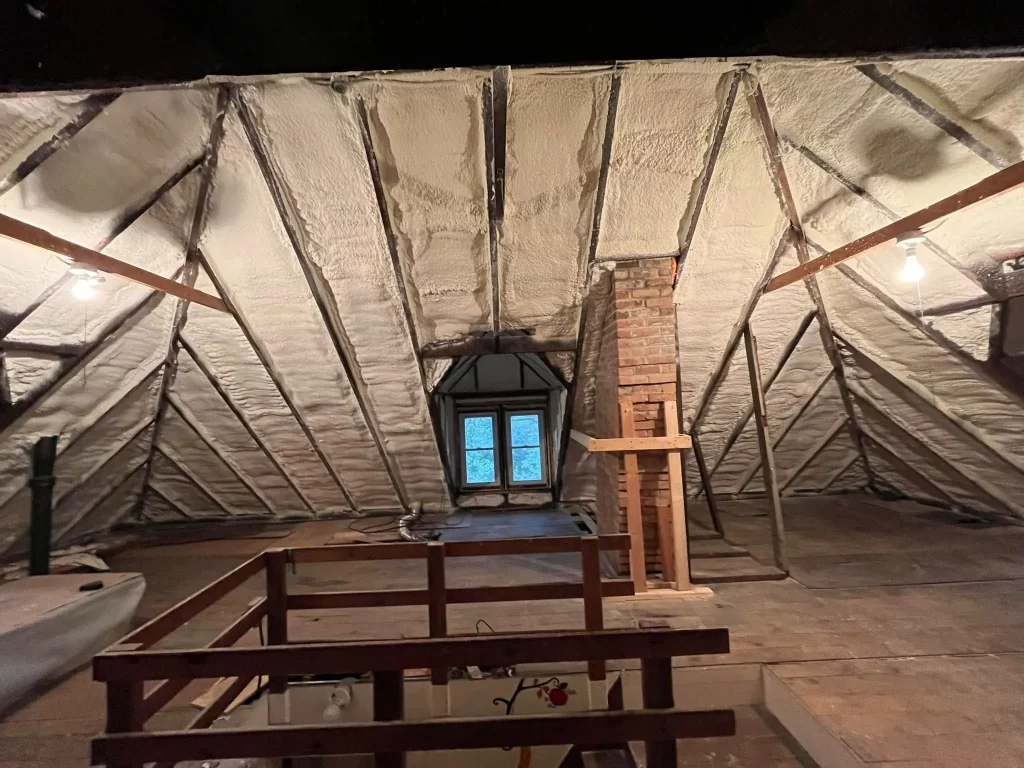
Different insulation types present unique risks as they age. Understanding these characteristics helps homeowners make informed decisions about inspection and replacement timing.
| Material Type | Primary Hazard | Lifespan | Replacement Indicators |
|---|---|---|---|
| Fiberglass | Fiber release, settling | 15-20 years | Visible sagging, particles in air |
| Cellulose | Mold growth, settling | 20-30 years | Odors, moisture stains |
| Vermiculite | Asbestos contamination | Indefinite | Any disturbance planned |
| Foam Board | Pest damage, shrinkage | 25-30 years | Gaps, cracking, infestations |
Rock wool insulation maintains performance longer than other materials but can harbor pests and accumulate dust that reduces air quality. Professional assessment determines whether cleaning or replacement provides better long-term value.
Climate conditions significantly influence insulation degradation rates. Homes in humid climates experience faster deterioration due to moisture exposure, while extreme temperature variations cause expansion-contraction cycles that break down materials over time.
Building age and construction methods affect replacement complexity. Homes built before 1978 require lead-safe work practices during renovation, adding time and cost to insulation projects. Knob-and-tube wiring installations need electrical updates before installing certain insulation types.
Budget considerations extend beyond material costs. Professional testing for asbestos or other hazardous materials ranges from $400-800 but prevents expensive remediation delays. Energy audits identify the most cost-effective upgrade priorities based on actual heat loss patterns.
Bonus Tip: Schedule insulation replacement during shoulder seasons (spring/fall) when contractors offer better availability and potentially lower rates than peak summer and winter months.
Professional insulation services address both immediate safety concerns and long-term performance requirements:
Visual inspection reveals many insulation problems without disturbing materials. Look for staining, odors, pest evidence, or visible settling in accessible areas. Document findings with photographs for professional consultation.
Air quality testing identifies airborne particles from deteriorating insulation before health symptoms develop. Professional-grade equipment detects fiber concentrations below threshold levels that cause respiratory irritation over time.
Temporary measures can reduce exposure while planning replacement projects. Sealing air leaks between living spaces and contaminated insulation areas limits particle infiltration. Upgrading HVAC filtration to MERV 11-13 captures more airborne contaminants.
Homeowners frequently ask whether DIY inspection is sufficient for identifying insulation problems. While visual assessment reveals obvious issues like settling or staining, professional evaluation uses specialized equipment to detect hidden moisture, thermal bridging, and air quality concerns that affect both safety and efficiency.
Another common concern involves timing replacement decisions. Waiting for obvious problems often means accepting years of reduced energy efficiency and potential health impacts. Proactive replacement based on material age and performance typically costs less than emergency remediation after contamination or structural damage occurs.
Many homeowners wonder about partial replacement options. While spot repairs may seem economical, mixing old and new insulation materials often creates performance inconsistencies and ongoing maintenance issues. Complete system replacement ensures uniform performance and eliminates hidden contamination sources.
Old insulation creates cascading problems that affect energy efficiency, indoor air quality, and structural integrity. Early identification and replacement prevent minor issues from becoming major expenses while improving daily comfort and long-term home value.
Professional assessment provides objective evaluation of insulation condition and replacement priorities. This investment in proper diagnosis saves money by targeting the most critical improvements first and avoiding unnecessary work in areas where existing materials still perform adequately.
Don’t let deteriorating insulation compromise your family’s health and comfort. Professional evaluation identifies specific risks and provides clear recommendations for improving your home’s safety and efficiency.
South Chicago Insulation brings decades of experience in identifying and resolving insulation problems throughout the region. Contact our team at [email protected] or call (779) 803-8025 to schedule a comprehensive home performance evaluation that reveals hidden dangers and improvement opportunities.
Insulation installed before 1980 has higher asbestos risk, particularly vermiculite materials. Professional testing is the only reliable identification method since visual inspection cannot detect asbestos fibers. Never disturb suspected asbestos-containing materials without proper testing and certified removal contractors.
Key indicators include increased energy bills, uneven temperatures between rooms, visible settling or gaps, pest evidence, musty odors, and particles appearing on HVAC filters. These symptoms often develop gradually, making regular inspection important for early detection.
Homeowner removal is not recommended for most situations. Disturbing old insulation releases particles and potential contaminants into living spaces. Professional contractors have proper equipment, containment procedures, and disposal methods to protect occupant health during removal.
Material type and environmental conditions affect replacement timing. Fiberglass typically lasts 15-20 years, while cellulose may perform for 20-30 years. However, contamination, moisture damage, or pest activity can necessitate earlier replacement regardless of material age.
Neglecting insulation problems leads to escalating energy costs, indoor air quality issues, structural moisture damage, and potential health risks from contaminant exposure. Early intervention typically costs significantly less than addressing advanced deterioration and secondary damage.

